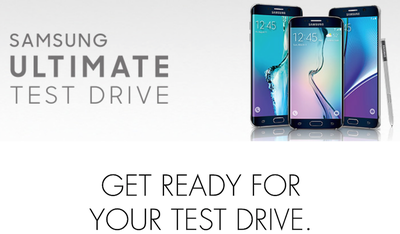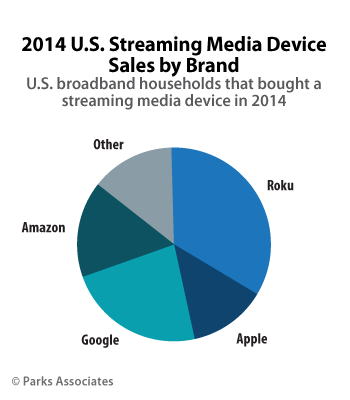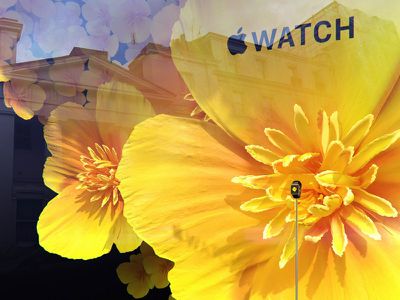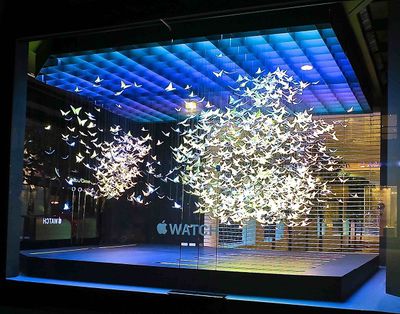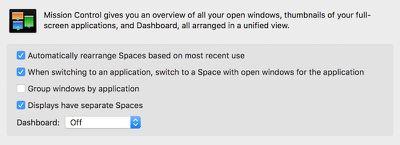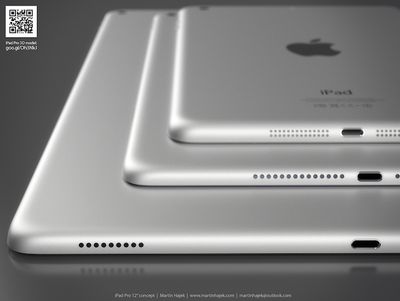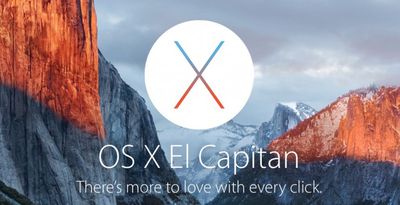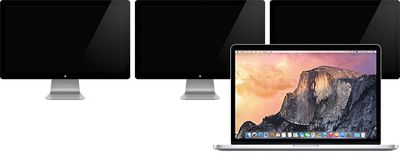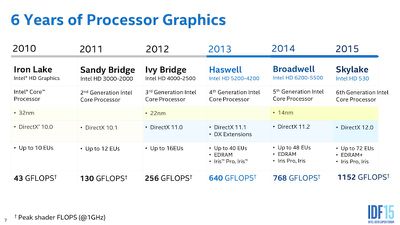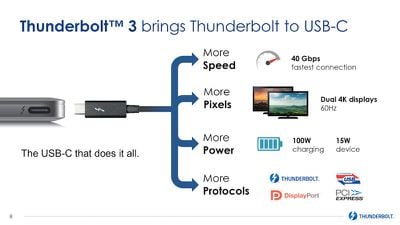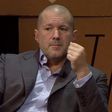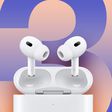Apple recently hired a senior engineer from Tesla Motors, presumably to work on its secret car project. As highlighted by Reuters, former Tesla Motors Autopilot Firmware Manager Jamie Carlson's LinkedIn page says he now works at Apple on "Special Projects."
His profile doesn't go into detail on what he did for Tesla, but he was working on the company's autonomous vehicle firmware project and could be taking on a similar automotive firmware role at Apple.
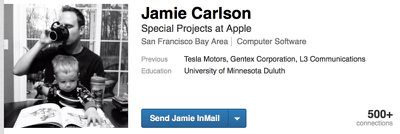
Reuters also points out several other previously unknown hires with similar expertise in autonomous driving, including Megan McClain, a former Volkswagen engineer, Vinay Palakkode, a graduate researcher at Carnegie Mellon University, and Xianqiao Tong, who developed driver assistance systems for NVIDIA.
On their respecitve LinkedIn pages, McClain is listed as a Mechanical Design Engineer, Palakkode is listed as an engineer working within Apple's Special Projects Group, and Tong is listed as an R&D engineer. Last fall, Apple also hired Sanjai Massey, a Ford engineer who worked on connected and autonomous vehicles, Stefan Weber, a Bosch engineer who worked on driver assistance systems, and Lech Szumilas, a Delphi research scientist with former expertise in autonomous vehicles.
Rumors have thus far disagreed over whether Apple's secret car project includes self-driving technology, but it's possible the company is exploring multiple avenues of development as the project is still in its early stages. A previous report from Reuters citing a source within the automotive industry suggested Apple was working on a self-driving electric car, but a report from The Wall Street Journal stated a self-driving car was not part of Apple's electric car efforts.
Apple is said to have more than 200 employees working on the electric car, under the code name "Project Titan." Apple has been heavily recruiting automotive experts over the past several months, with many members on its team coming from companies like Tesla, Ford, GM, MIT Motorsports, Ogin, Autoliv, A123 Systems, General Dynamics, and more.
High profile hires have included Tesla mechanical engineering manager David Nelson, Tesla senior powertrain test engineer John Ireland, Chrysler Group Senior Vice President Doug Betts, A123 Systems Chief Technology Officer Mujeeb Ijaz, and Paul Furgale, a researcher with a specialization in autonomous vehicles.



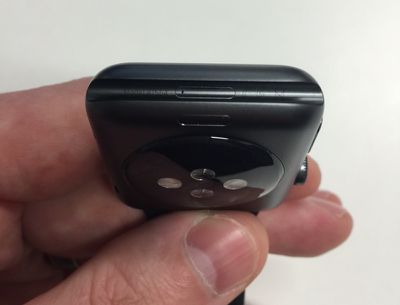

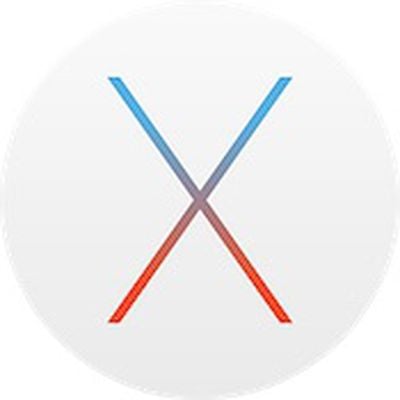 Apple has seeded OS X El Capitan Recovery Update Version 2.0 for Mac that includes improvements to OS X Recovery. The software update can be installed through the Mac App Store and is recommended for all users running a pre-release version of OS X 10.11 El Capitan.
Apple has seeded OS X El Capitan Recovery Update Version 2.0 for Mac that includes improvements to OS X Recovery. The software update can be installed through the Mac App Store and is recommended for all users running a pre-release version of OS X 10.11 El Capitan. Amid rumors that Apple is working on a top-secret automotive project ranging from
Amid rumors that Apple is working on a top-secret automotive project ranging from 
